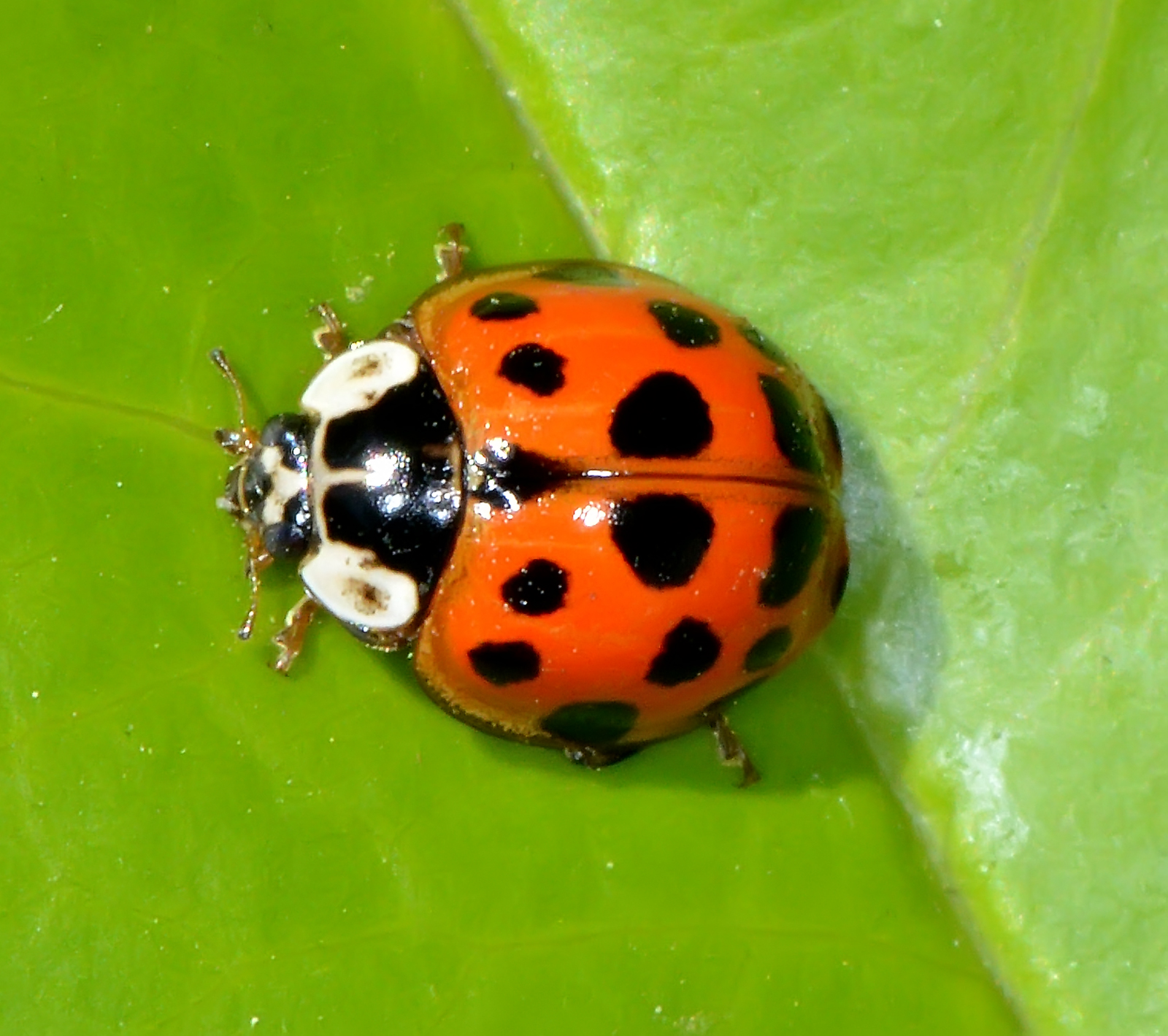I came across
a fascinating paper that empirically proves what theory has said: invasive species are able to spread the way they do not in spite of inbreeding, but because of it. The rapid success of invasive species has long been confusing, since their initially small populations guarantee a high level of inbreeding. It turns out, that population bottleneck helps them eliminate harmful recessive genes from their genepool, allowing them to mate with any member of their population, regardless of genetic relation, and have successful children.

Bottlenecks in population size reduce genetic diversity and increase inbreeding, which can lead to inbreeding depression. It is thus puzzling how introduced species, which typically pass through bottlenecks, become such successful invaders. However, under certain theoretical conditions, bottlenecks of intermediate size can actually purge the alleles that cause inbreeding depression. Although this process has been confirmed in model laboratory systems, it has yet to be observed in natural invasive populations. We evaluate whether such purging could facilitate biological invasions by using the world-wide invasion of the ladybird (or ladybug) Harmonia axyridis. We first show that invasive populations endured a bottleneck of intermediate intensity. We then demonstrate that replicate introduced populations experience almost none of the inbreeding depression suffered by native populations. Thus, rather than posing a barrier to invasion as often assumed, bottlenecks, by purging deleterious alleles, can enable the evolution of invaders that maintain high fitness even when inbred.
There's one section that I found especially important:
[...] [O]ur results might explain the finding that invasive populations often have higher performance than native ones even when reared in a common environment. This has been attributed mainly to adaptation to the new range. However, a purging of inbreeding depression could explain, at least partly, the increase in performance without invoking local adaptation.
Related to this, in species that have to colonize new territories frequently as part of their normal life cycle, inbreeding depression is also nonexistent. This is most notable in cockroaches and
bedbugs:
“For the vast majority of insect species, inbreeding is detrimental,”
says Coby Schal, a professor of entomology at North Carolina State
University, who presented his findings on bed bug inbreeding at the
American Society of Tropical Medicine and Hygiene conference in
Philadelphia. “‘Inbreeding depression’ occurs, because it leads to
mutations that have deleterious effects and eventually kill off the
population. But some colonizing species such as cockroaches and bed bugs
are resistant to inbreeding depression because they have little
opportunity to breed with other populations that might be some distance
away — bed bugs can’t fly — so they’ve evolved the ability to withstand
extensive inbreeding without deleterious effects.”
In a genetic analysis of bed bugs that Schal and his colleagues
conducted in apartment buildings in North Carolina and New Jersey, they
found very low genetic diversity among the bugs inhabiting each
building. In other words, they were all related. So, rather than
accumulating from multiple sources, building infestations tend to be the
handiwork of just one or two industrious females. “A single female can
produce a very thriving population that can spread through a building
very rapidly,” says Schal.

No comments:
Post a Comment